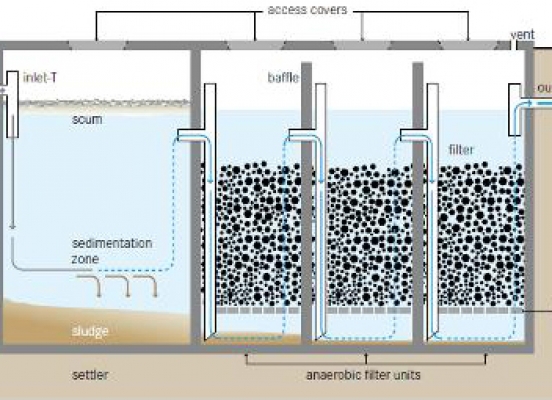Anaerobic Digestion Wastewater Treatment
In seeking greater sustainability in water resources management, wastewater is now being considered more as a resource than as a waste—a resource for water, plant nutrients, and energy. The primary focus of this article is energy and it can be obtained from wastewater’s organic as well as from its thermal content. Also, using wastewater’s nitrogen and P nutrients for plant fertilization, rather than wasting them, helps offset the high energy cost of producing synthetic fertilizers. Microbial fuel cells offer the potential for direct biological conversion of wastewater’s organic materials into electricity, although significant improvements are needed for this process to be competitive with the anaerobic biological conversion of wastewater organics into biogas. Anaerobic digesters are used for small-scale as well as large-scale levels. Small scale biogas is used for a household with low-cost, low-maintenance technology, which has been used for decades.
The number of the existing anaerobic digestion wastewater treatment plants are used for residual sludge from wastewater, generation of energy using anaerobic digestion process has proved to be economically attractive. The complete use of Anaerobic Digestion wastewater offers the potential for wastewater treatment to become a net generator of energy, rather than the large energy consumer that it is today. Overall, power production from anaerobic digestion is quite well established as a technology, though the economics of this route is still evolving.
Anaerobic Filter
Typical Flow

UASB

Anaerobic Digester

To know more, please check Prakrriti.

